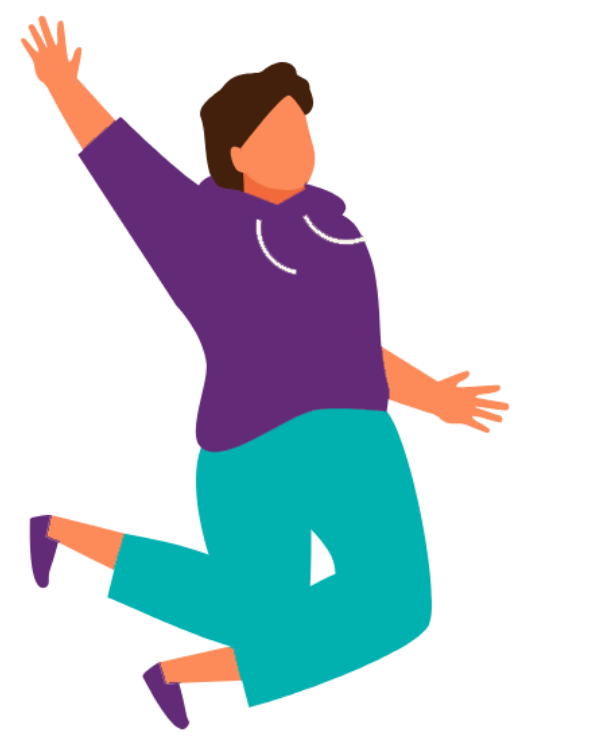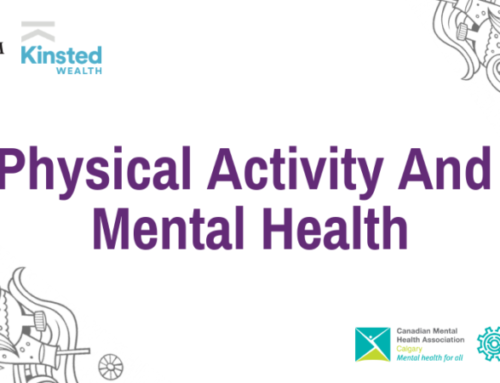

Mental health and exercise: the brain-body connectionĪnyone who’s ever gone for a walk to shake off a hard day knows that a little exercise can do wonders for a bad mood. We spoke with Katharine Reynolds, PhD, Jessica Hawks, PhD, and Jenna Glover, PhD, three child and adolescent psychologists in our Pediatric Mental Health Institute, about the mind-body connection, how exercise and play help with mental health and what counts as “enough” physical activity for kids.

If you’re thinking, “Who has time for that?” then trust us: You’re not alone. Getting kids moving – no matter the time of year – is important now more than ever as rates of depression and anxiety in youth have surged, a trend that has only intensified due to changes and stressors of the COVID-19 pandemic.īoth the Centers for Disease Control and Prevention and the American Academy of Pediatrics recommend kids get at least one hour of physical activity every day. is getting the recommended amount of physical activity each day. But despite the many proven benefits of an active lifestyle on children’s physical, mental and emotional well-being, only one in four children in the U.S. Universities would benefit from multipronged strategies and approaches employing effective interventions aimed at improving students' general awareness of their health and promoting more physically active lifestyles among students.įinland depressive symptoms mental health physical activity university students.It’s well established that exercise and physical activity are crucial to a child’s development and overall health. Likewise, low PA was positively associated with depressive symptoms, but the relationships were again not statistically significant. Multiple regression (controlling for confounders) showed that achievement of the MSPA guidelines was independently significantly negatively associated with depressive symptoms and whilst achievement of the MPA and VPA guidelines was negatively associated with depressive symptoms, the relationships did not reach statistical significance. Conversely, low PA was significantly positively associated with depressive symptoms. Bivariate relationships (no controlling for confounders) between depressive symptoms and four forms of PA guidelines achievement showed that in males, good/very good/excellent self-rated health, and achievement of the MSPA guidelines were significantly negatively associated with depressive symptoms.

We explored the associations of depressive symptoms with these PA forms, accounting for socio-demographic and health confounders (age, gender, year of study, marital status, accommodation during semesters, self-rated health).Īchievement of PA guidelines was generally low for these young adult Finnish undergraduates. Students at the University of Turku (1,177) completed an online health and wellbeing questionnaire that assessed depressive symptoms (22 items), as well as their achievement of the guidelines of four forms of low, moderate, vigorous, and muscle strengthening PA (LPA, MPA, VPA, MSPA, respectively). Virtually no previous research assessed physical activity (PA) of university students in Finland, and their associations with depressive symptoms, whilst simultaneously controlling for potential confounders.


 0 kommentar(er)
0 kommentar(er)
